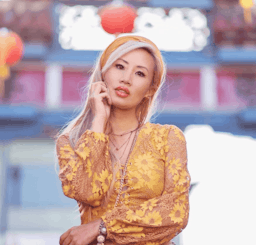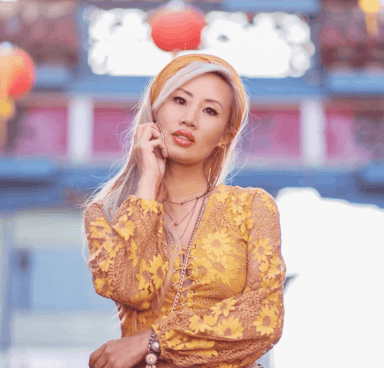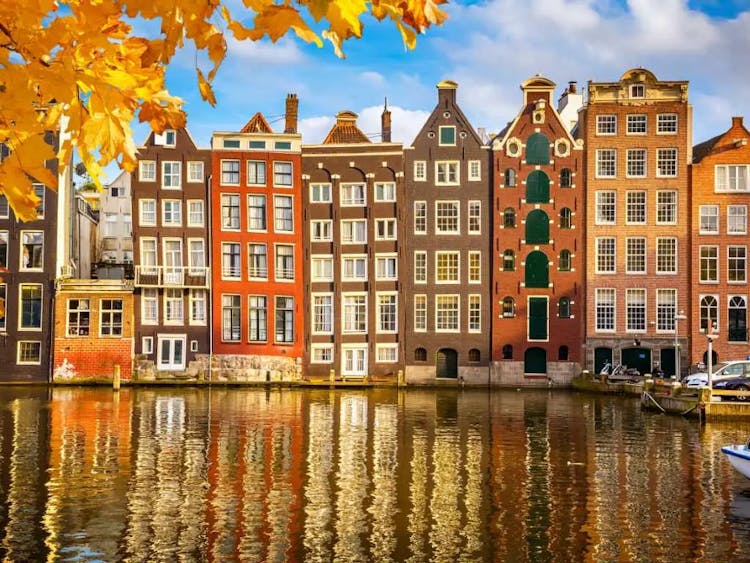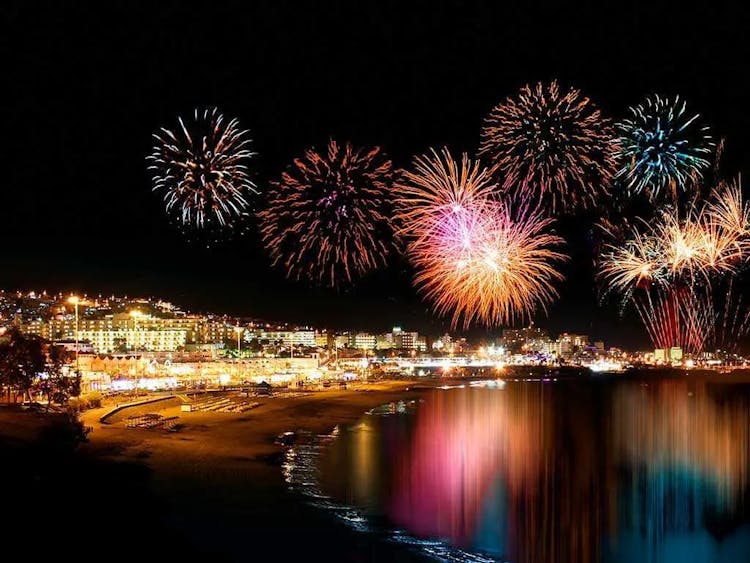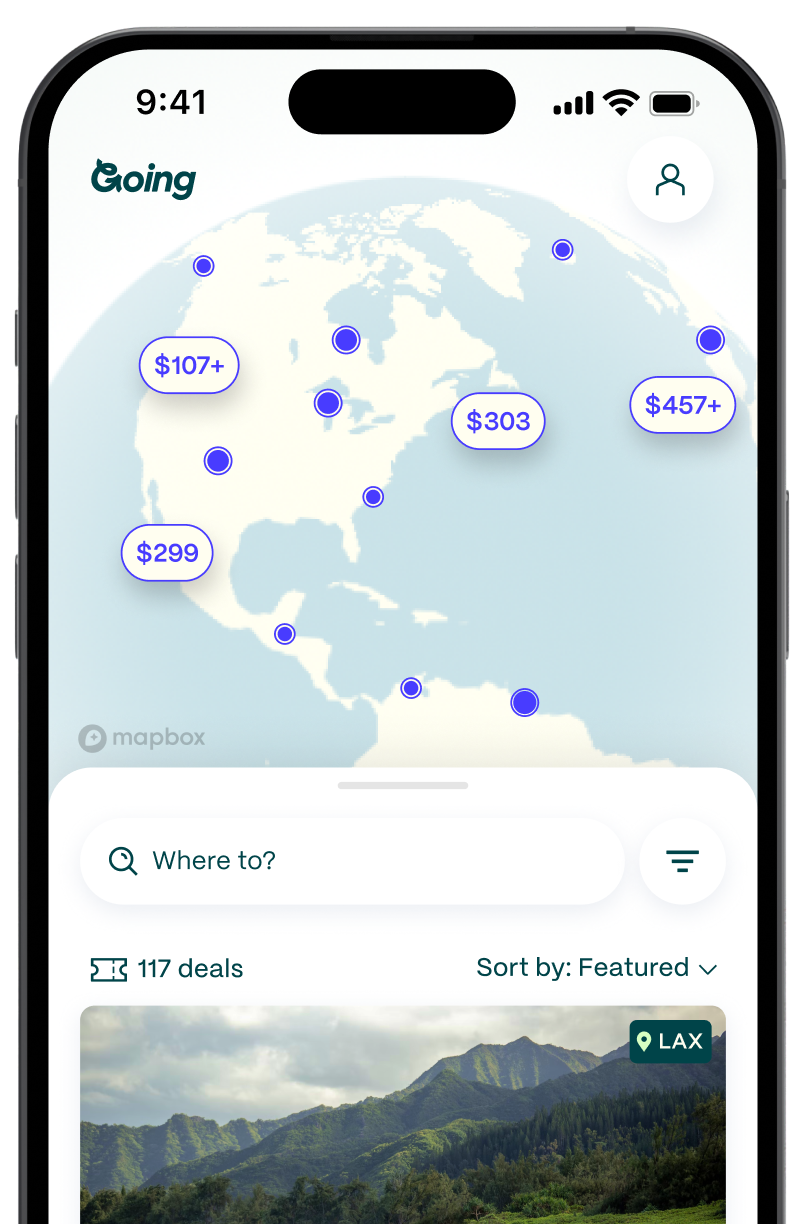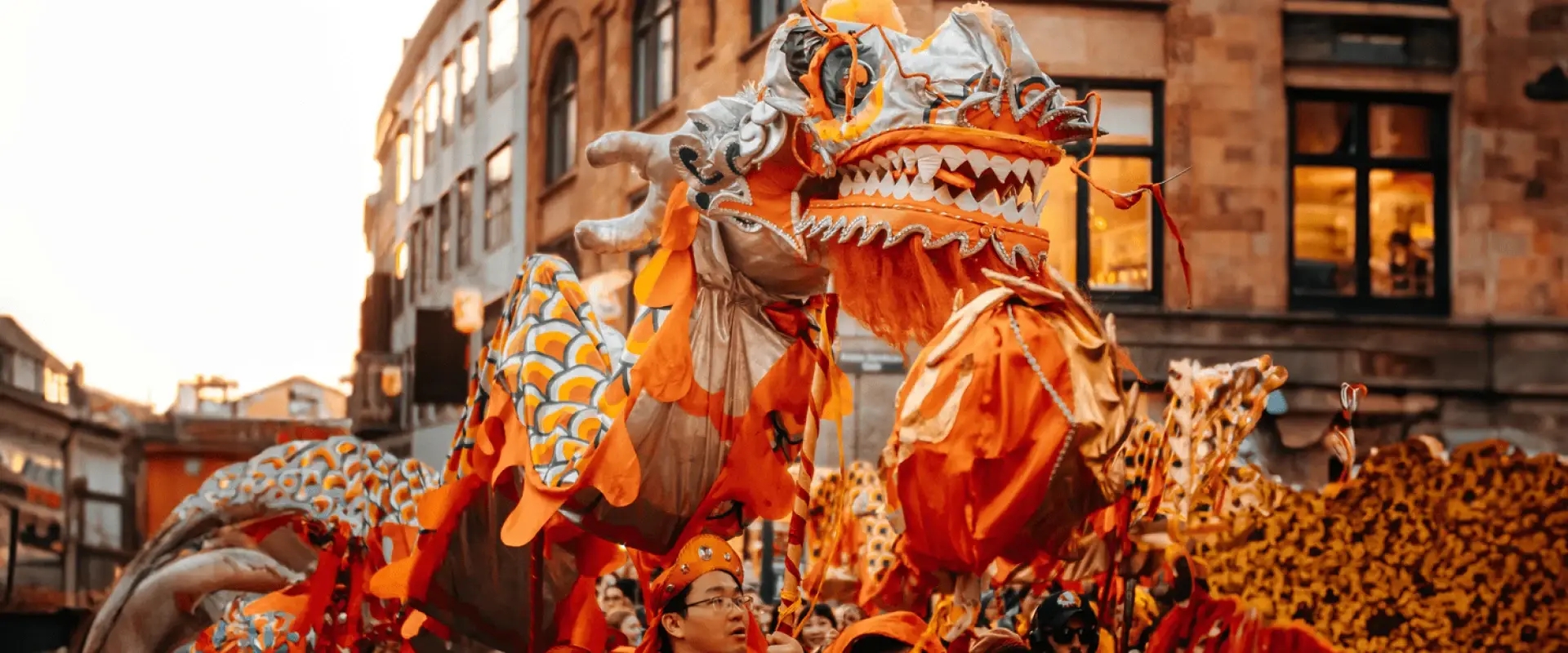
How to Celebrate Lunar New Year in 2024
All evening, my mother tops the lazy Susan with a seemingly endless procession of dishes. Family favorites include steamed soy red-braised whole tilapia, shiitake-laced longevity noodles, and golden pork-filled money bag dumplings.
The holiday is a time of welcoming the new year, and for my family, it always centers around food and time together. As it is for many other families who celebrate, it’s the most important meal we enjoy together each year.
I always look forward to the holiday, especially for these big, sumptuous meals. We mostly celebrate in Southern California, where we live, but it’s even more special when the holiday falls during a trip to Taipei, and we can celebrate with our extended family. We believe that starting with a deliciously lavish meal means our bellies will be full of wealth and joy for the upcoming year.
What is Lunar New Year?
Also known as Chinese New Year or Spring Festival, Lunar New Year is the most significant holiday for people in many Asian countries. It’s celebrated in China, Taiwan, Japan, Korea, Mongolia, the Philippines, Vietnam, Thailand, Indonesia, Malaysia, Myanmar, Singapore, and more.
Although the Chinese use the same Gregorian calendar as the rest of the world, they celebrate holidays using the lunisolar calendar—based on moon cycles. This is why the holiday lands annually on different dates between late January and early February. This year, the festivities kick off on February 10.
Why it’s significant
2024 is the year of the dragon, and it's expected to be a year of prosperity and improvement. The Chinese use a 12-year cycle calendar with an animal symbol representing each year, and those born in each year are believed to take on the personality traits of the respective animals. The dragon is one of the most beloved signs of the zodiac, symbolizing wisdom, luck, and accomplishment. There’s usually an uptick in babies born during dragon years.
Many return home for this family-centric holiday in what’s known as the spring migration, or chunyun. It’s the largest yearly human migration, with millions and sometimes billions of travelers during the celebratory period.
Lunar New Year traditions
As this holiday occurs at the start of the new year, many traditions are designed to determine luck for the rest of the year. A spotless home is essential to set up a clean slate for the upcoming year and clear residual bad luck from previous years. Red is the holiday color, with red lanterns and decorations hung up to symbolize prosperity and joy.
Many cultures give out red envelopes, known as hongbao or lai see in Mandarin or Cantonese. These gifts are usually given to children and elders, and the envelopes should be filled with brand-new cash in even numbers—considered luckier.
Celebration traditions vary across countries, especially with symbolic holiday food. In some Chinese regions, celebrants serve dumplings with a coin inside for luck. Oranges are also popular as a gift of abundance across cultures. Vietnamese New Year, or Tết, enjoys glutinous sticky rice filled with pork and mung beans (bánh chưng) for familial loyalty. Korean New Year, or Seollal, serves rice cake soup (tteokguk) for luck.
Lunar New Year around the world
Many countries celebrate in a similar fashion to how the holiday is celebrated in China, while others put their own spin on the holiday. Here are just a few of the ways Lunar New Year is celebrated around the world.
| Country | Name | Duration | How to celebrate |
| China | The Spring Festival or Chūnjié | 15 days | Foods eaten include whole fish, dumplings, longevity noodles, sweet glutinous rice cakes (nian gao), and oranges. |
| Korea | Seollal | 3 days | Foods eaten include ddeokguk, or rice cake soup, and savory pancakes (jeon). |
| Mongolia | Tsagaan Sar | 3 days | The celebrations include feasting with family and offerings for the deity Baldan Lham. |
| Philippines | Bagong Taon ng mga Tsino | 15 days | Feasting, family gatherings, dragon dances, and fireworks are all part of the celebration. |
| Vietnam | Tết Nguyên Đán | 3 days | Foods eaten include glutinous sticky rice filled with pork and mung beans (bánh chưng), deep-fried spring rolls, and braised pork with egg (thịt kho trứng). |
How you can celebrate in the US and abroad
Lunar New Year festivals take place worldwide, so you can often find a local celebration. If there aren’t public festivities, you can celebrate by cooking a traditional meal, including dumplings, longevity noodles, and steamed whole fish with family or purchase or diy red lanterns to hang outside. I’ve included some of my favorite ways to celebrate below.
Attend a Lunar New Year parade
Chinatowns around the world usually ring in the year with a parade, plentiful food, and performances. Expect to see a traditional lion dance, as the lion is a lucky, powerful, and wise symbol in Chinese culture. The lion costume features a giant fur-lined head, and its movements are performed by two dancers. Drums and cymbals accompany the acrobatic and festive dance, as the clattering sounds are believed to scare off bad luck and evil and bring good fortune for the new year. Fireworks are often part of the festivities to drive away wicked spirits and attract luck.
Some of the biggest celebrations outside of China include:
- London, UK, February 11. Self-billed as the "biggest Chinese New Year celebration outside Asia," hundreds of thousands attend the festivities hosted on the West End. Visitors enjoy a festive float-dotted parade, Chinese food stalls, cultural performances, a brilliantly jeweled pyrotechnic fireworks display, and Europe's largest gathering of Chinese dragons and lions.
- San Francisco, CA, February 24. Lunar New Year celebrations are held throughout San Francisco’s Chinatown—the oldest Chinatown in the Western Hemisphere. It's watched on television and live stream by over three million viewers and features a nighttime parade. The star of the evening spectacle is the 200-foot Golden Dragon, operated by 100 people marching to the beat of some of the half a million fireworks set off during the event.
- Singapore, February 23 and 24. Singapore's Chingray Parade showcases a multi-ethnic collaboration of cultures and ethnicities during the second week of Lunar New Year. Stilt walkers, silk-adorned cultural dancers, jumping lions, daredevil aerialists, and jeweled floats march and twirl during what is called Asia’s largest street performance and float parade.
Visit Disneyland
Disneylands worldwide join the Lunar New Year festivities with themed food, commemorative merchandise, performances, and fireworks. Some locations offer set menus, kid's crafts and activities, and iconic Disney characters decked out in themed clothing.
Disney California Adventure Park's Lunar New Year celebrations (Jan 23 through Feb 18) are some of the best, including a Mulan-led parade with Chinese dancers, warriors, and puppets; Asian American music performances; a nighttime water show; a Lunar New Year wishing well; a themed photo pavilion embellished with peach blossoms, gold flowers, bamboo, and Asian-inspired dishes at pop-up kiosks.
Shanghai Disney Resort will debut its Mushu dragon character. Find dragon-themed lanterns and displays, hang a wishing card at the Wishing Garden, or attend the daily Spring Festival drum ceremony. Mickey and other favorite characters will wear dragon-themed and scaled custom costumes. The highlights are at night with the Spring Festival Celebration performance topped off with fireworks and the Chinese character for "dragon" drawn in lights and illuminated overhead.
Hong Kong Disneyland Resort will also host themed celebrations.
Go to a Lantern Festival
Taking place 15 days after the start of the Lunar New Year, the Lantern Festival marks the end of the holiday and the lunar year’s first moon. Lit lanterns inspire hope in the new year. Celebrations vary worldwide with lantern exhibitions, solving lantern riddles, parades, fireworks, and theatre or music performances. An iconic holiday dish is glutinous rice balls (tangyuan) filled with sesame, peanut, or sweet bean paste, symbolizing peace and family unity.
Notable festivals around the world include the lantern release at Taiwan's Pingxi Lantern Festival, Japan's Nagasaki Lantern Festival with over 15,000 lanterns displayed, and The Winter Lantern Festival in New York or Washington—a walkthrough, immersive experience of over 1,000 handmade Chinese lanterns.
Published February 5, 2024
Last updated February 14, 2024
